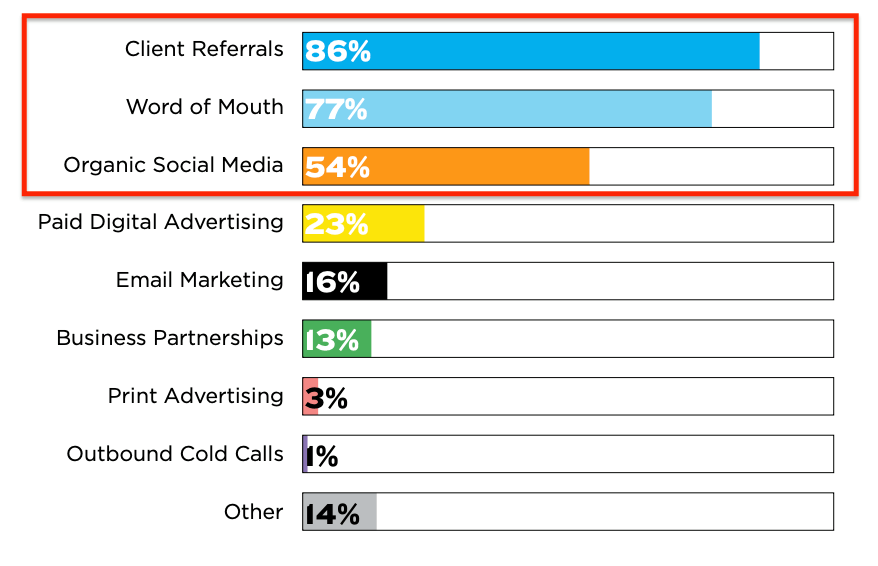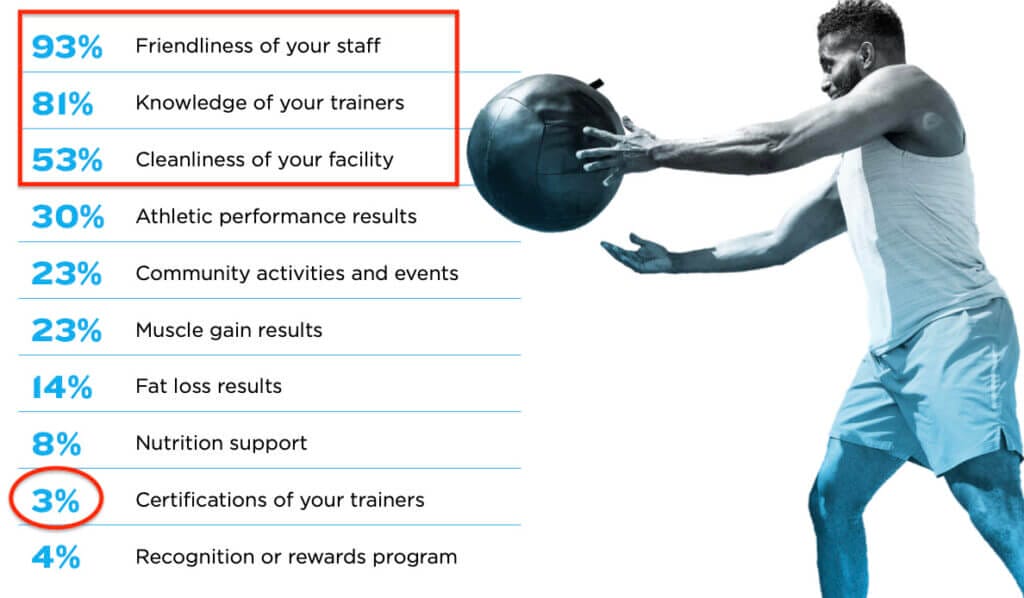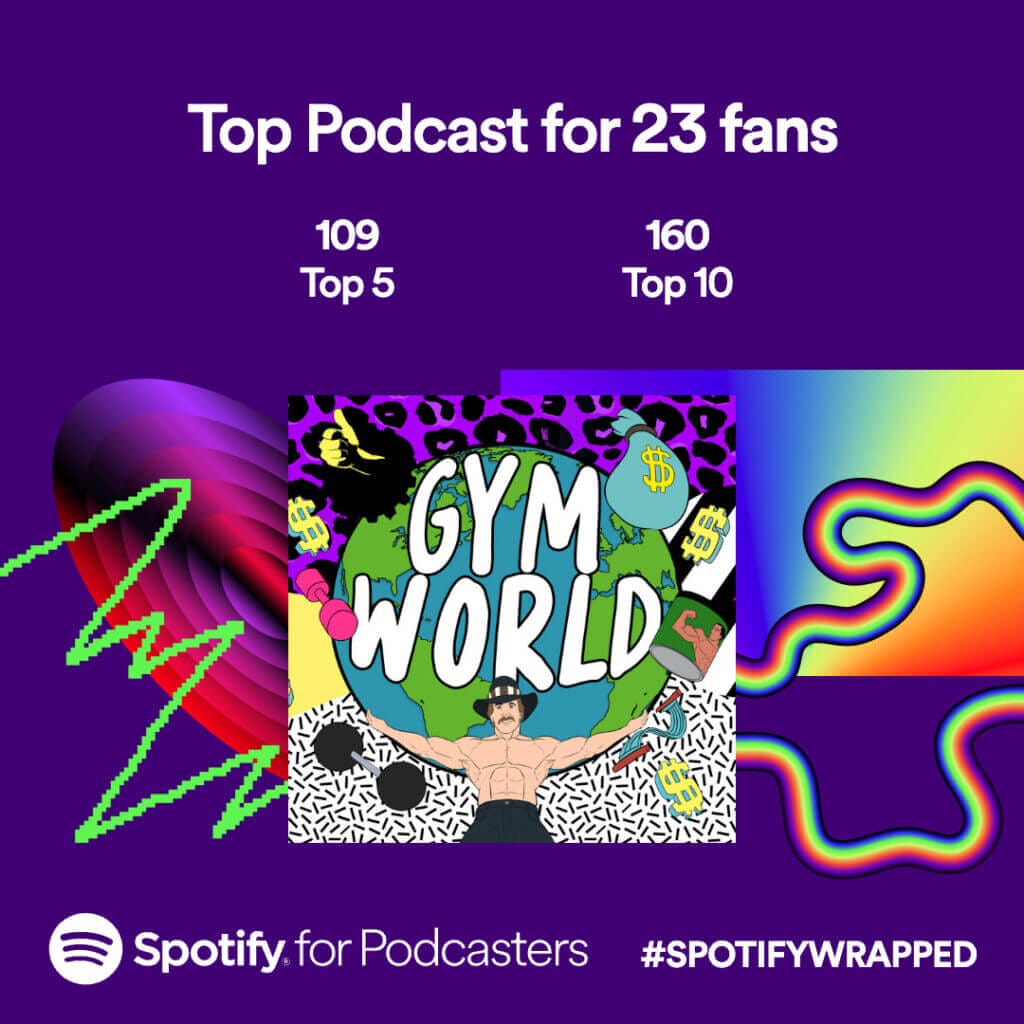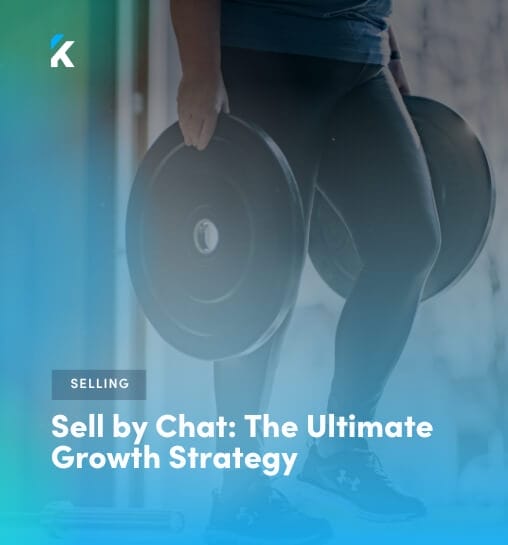5 key takeaways from the BFU 2023 Gym Owner Benchmarks Report
What’s up Gym World?
‘Tis the season for fitness industry insights.
I recently talked to Michael Keeler from Business For Unicorns (BFU), a gym mentorship company that helps gym owners run a better business.
We broke down their 2023 Gym Owner Benchmarks Report, which surveyed over 100 gym owners that run small group training gyms. Like Two-Brain’s State of the Industry, this report can help you make smarter decisions for your gym and avoid common pitfalls.
BFU looked at the top 10% most profitable gyms in their study to see what they all had in common. Here are 5 key traits they share:
1. Fewer clients, less revenue & more profit
💡 Top-performing coaching gyms have less than 100 clients and 15% less revenue than all the gyms in the study, but more monthly profit.
Most gyms sell small group or 1:1 personal training and charge higher rates per session. Michael says they have better margins following a lean and simple model than gyms that primarily offer large group training.

I’ve said this before: small group training is a premium service and deserves a premium price. We’ve talked to lots ofpeople on Gym World who run very profitable gyms using this model.
2. Know how to manage expenses well
💡 Total expenses of the most profitable gyms were 20% lower than the average gym.
Many gym owners don’t pay enough attention to numbers, yet one of the highest ROI things any entrepreneur can do is get financially literate.
Every gym owner should know their way around these three reports:
- Profit and Loss (P&L) Statement – This shows how much you spent (expenses) and earned (revenue) over time.
- Cash Flow Statement – This tracks cash coming in and out of your gym, so you know if you’re generating enough to cover bills.
- Balance Sheet – This lists your assets, liabilities, and owner’s equity, showing the business’s ability to pay for operating costs, meet debt obligations, or make distributions to the owner.
💡 The Accounting Game is my favorite book if you want to become financially literate. If you’re struggling with your numbers, do yourself a favor and grab a copy here.
3. Lower staff pay
💡 The highest-paid full-time role at a top gym averaged $40,000 annually vs. $60-70k at a low-performing gym.
Overpaying staff makes it harder to run a profitable location. To prevent this, carefully look at your compensation package and re-evaluate if necessary:
- Are you providing benefits?
- Is there a retirement plan like a 401(k)?
- Do you fund continuing education?
- What about paid time off or sick leave?
BFU suggests keeping Total People Expenses between 25-40% of your Total Revenue.
So if you charge $100 for a training session, a fair starting wage for a trainer would be $25/hr but shouldn’t exceed $40/hr.
💡 It’s also noted that the most profitable gyms relied more on part-time staff than full-time, which reduced overhead costs.
4. Grow via referrals
Smaller gyms with under 100 clients see more referrals than larger ones with 300+ members because it’s easier to build relationships and be more personable.

To boost your referral rates, try this:
- Identify what drives your members to stay motivated
- Mix up your offers to attract different kinds of people
- Rotate your strategies every quarter to keep things interesting
💡 Michael’s Tip: Go for low-risk offers that are easy for potential clients to say yes to. These are 5 of the most common ones: → Free Movement Assessment or Evaluation → 1 Free Visit → 14 Days Free → 2 Weeks for $79 → 1 Month Unlimited Visits for $199
Data also tells us that referred customers stick around longer and are more profitable.
Most gyms from the survey retained 97% of members each month. High retention means they spend less to find new people.
5. Prioritize soft skills
The gym can be an overwhelming place, especially for beginners. That’s why the best gyms prioritize making everyone feel welcomed and valued, which encourages clients to keep coming back.

💡 Small gestures make a difference. Some gyms have their staff greet members by name upon entry. Others like Mark Fisher Fitness have small groups play a name game at the start of a session and make trainers mention each client’s name 5 times throughout the hour.
TL;DR: BFU’s 2023 Wrapped
The top 10% of profitable gyms were smaller and had fewer clients with less revenue.
They focused on 5 key areas of their business:
- Premium pricing
- Financial literacy
- Competitive staff pay
- Strong client retention
- Customer service
For a deeper analysis on the BFU Gym Owner Benchmarks Report, watch or listen to our interview with Michael on Gym World:
Later,
j
P.S. Follow the Gym World Worldwide podcast on Spotify.
P.P.S. If Gym World is your top podcast on Spotify, tag me in your Spotify Wrapped and I’ll send you some merch.







